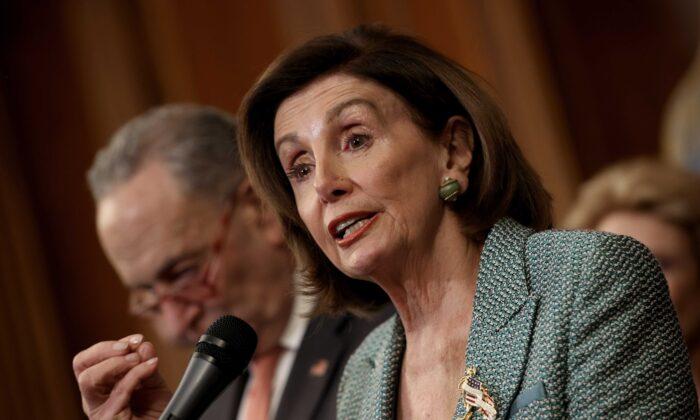H.R. 1—the bill for federal takeover of elections that just passed the House of Representatives—is a constitutional nightmare. If the Senate approves it, we almost certainly will need a constitutional amendment to clean up the mess.
This has happened before: In 1970, we had to enact the 26th Amendment to cure congressionally caused voting chaos. This time, though, the situation would be even worse.
H.R. 1 is one of those massive bills (in this case, 791 pages) that no one reads in their entirety until people try to apply them. Then, everyone throws up their hands aghast, shouting, “What were they thinking when they passed this thing?”
The answer, of course, is that “they” (those who passed it) weren’t thinking about much of anything—at least not about anything defensible.
This essay will outline just a few of the constitutional problems in H.R. 1. You can bet there are more where they came from.
- Requiring states to set up “independent” redistricting commissions to draw congressional districts. (Note the quotation marks: “independent” commissions don’t stop politics; they just hide politics from public view.)
- Institutionalizing permanently the mail-in ballot irregularities we just went through in the 2020 presidential election.
- Imposing restrictions on campaign contributions and free speech.
- Enfranchising felons.
- Subsidizing with federal money the voter registration of Democratic Party constituencies, such as college students.
- Preventing states from using traditional methods of ensuring election integrity and voter privacy.
Republics have never adopted any particular voting rules. Historically, in fact, limited and unequal suffrage has been the norm for republics.
H.R. 1 also cites Section 5 of the 14th Amendment. This grants Congress authority to enforce certain legal standards (such as equal protection of the laws) against state governments. But the Supreme Court tells us that Congress may not use Section 5 as an excuse to massively rewrite state law or change the federal-state balance. The Court emphasizes that Section 5 is only “remedial,” not “substantive.” It adds that a law passed under Section 5 must be “congruent and proportional” to the problem it purports to address.
H.R. 1 recites alleged disparities among groups in voting and says the bill is designed to address them. But such disparities, without other evidence, don’t prove unconstitutional discrimination. More importantly, H.R. 1’s “solutions” go far beyond anything needed to remedy them. In other words, the bill isn’t “congruent and proportional.” Rather, it’s a federal sledgehammer purportedly fashioned to kill a gnat, but really made to bash the rest of us.
“The Times, Places, and Manner of holding Elections for Senators and Representatives, shall be prescribed in each State by the Legislature thereof; but the Congress may at any time by Law make or alter such Regulations, except as to the Places of chusing [sic] Senators.”Essentially, the elections clause gives Congress power to override state laws on such mechanics as 1. the time of election, 2. polling places, 3. registration rules, 4. percentages required for victory, 5. the nature of the ballot, and 6. congressional districting. The elections clause can at least partially support some of H.R. 1’s rules. An example is the mandate that states use mail-in ballots—a mandate that would be stupid, but probably constitutional for congressional elections.
But beyond that, there are many problems with using the elections clause to support H.R. 1. For one thing, that clause applies only to congressional elections. It grants no power over presidential elections. The Supreme Court has ruled repeatedly that state legislatures have almost complete control over presidential elections. Indeed, the court reaffirmed the classic case on the subject just last year. So H.R. 1’s pretense of regulating presidential elections is just that—a pretense.
Nor can the bill’s mail-in ballot rules apply to state elections. If the mail-in mandate is valid as to congressional elections, states still could use traditional ballots for all the other electoral contests.
Here’s still another elections clause problem: If Congress wished to erect an independent commission to draw congressional districts, it probably could do so. But instead, H.R. 1 orders the states to erect such commissions. This violates a well-settled Supreme Court rule called the noncommandeering doctrine, which generally forbids the federal government from ordering states to adopt, or not adopt, measures. In particular, Congress can’t direct the states to change their own governmental structures. Yet, H.R. 1 purports to direct the states to do just that.
So if the Senate passes H.R. 1, campaign finance lawsuits also will long endure.
If H.R. 1 becomes “law,” we will have two choices: We can suffer years, and perhaps decades, of election confusion, litigation, and likely corruption. Or we can adopt a constitutional amendment to straighten things out.





